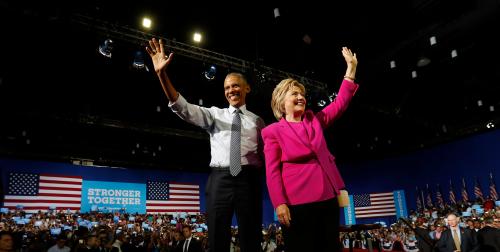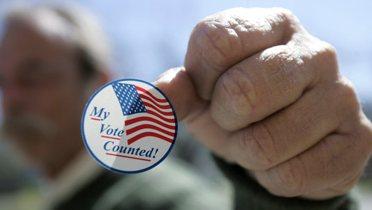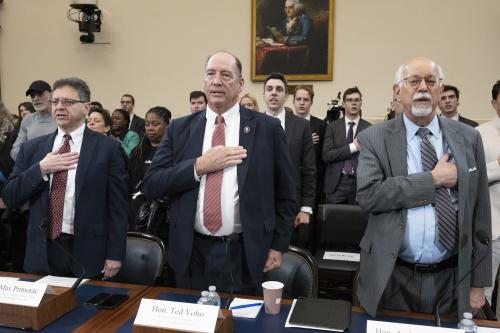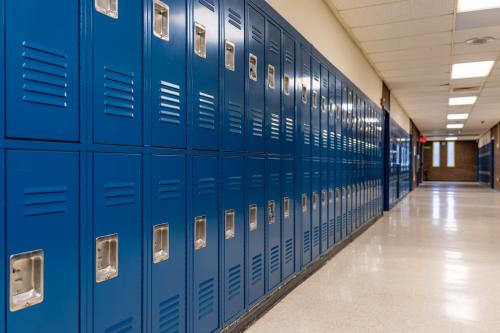In the last U.S. presidential election, only 54 percent of the estimated voting-age population cast a vote. Voter turnout in the U.S. lags almost all other developed, democratic nations. According to the Pew Research Center, the United States ranks 31st among the 35 countries in the Organization for Economic Cooperation and Development when it comes to voter turnout in national elections.
The fact that almost half of all eligible citizens choose not to vote in national elections—to say nothing of state and local level races, where turnout is significantly lower—is, to many Americans, a source of embarrassment. So why don’t we make voting easier? Senior Fellow William Galston tackles this question in the video below, offering several probable explanations for why policymakers haven’t made any real effort to expand the electorate.
But if politicians were willing to make such an effort, Galston provides several recommendations as to how the government could effectively increase voter turnout—from making Election Day a national holiday, to eliminating voter ID laws. He offers rebuttals to some of the most common arguments against such proposals, and even declares that he is “among the small minority of political scientists who believe we ought to make voting compulsory.” Watch him make the case for mandatory voting, and other approaches to increasing voter turnout below.
The Brookings Institution is committed to quality, independence, and impact.
We are supported by a diverse array of funders. In line with our values and policies, each Brookings publication represents the sole views of its author(s).






Commentary
How can we increase voter participation?
October 5, 2016